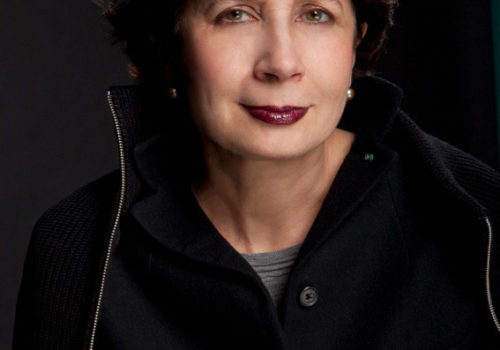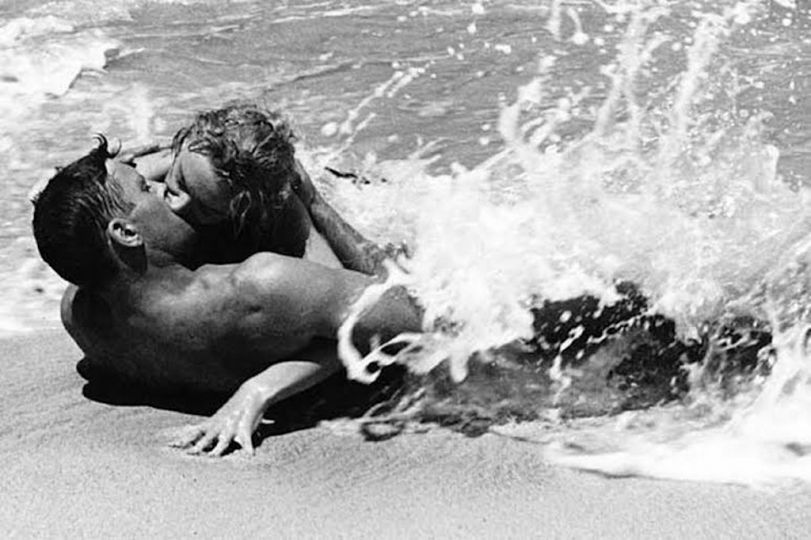Can you tell us the story of the gallery? What did you start out to accomplish?
It was my husband, Alain Paviot, who opened the gallery forty years ago. At the time, the gallery was on the Rue du 29 Juillet in Paris, and I think the first exhibition was of Alphonse Le Blondel, a photographer from northern France. But his first purchase was a Maxime Ducamp. Then he founded the Galerie Octant, whose name is a reference to his first passion, scientific instruments. (An octant is an instrument used in navigation.) Alain quickly gave up having anything to do with so-called “contemporary” artists. There was a lot of press at the time since his exhibitions were the first of their kind. Showing vintage work was something entirely new.
When did you become involved with the gallery?
I arrived in 1995. For 20 years, with Jean Dieuzaide, I had set up La Documentation Française and the management policy for photographic collections. We addressed conservation, pricing, terminology and copyright. We held meetings with the heads of public photo archives and organized seminars, conferences (“What Belongs in a Photo Archive”) and publications.
Then I left for the Centre Pompidou where I created the Internal Communication Department. And in 1995, I joined Alain in creating the gallery here on Rue Sainte Anne. Despite the gallery’s name, we work together. We each have our own personalities and responsibilities. I’m more involved with communication, whereas Alain prefers to remain the eminence grise.
How many photographers do you represent now? And how much does one of your photographs cost?
We represent about 15 contemporary photographs and 50 older photographs by the likes of Eugène Atget, Man Ray, Henri Cartier Bresson and Laszlo Moholy Nagy. In fact, it would make more sense to list the contemporary photographers we work with in the long term. As for prices, you’ll spend at least 20 euros. I’ve always wanted to make sure things remain accessible.
Photography is currently experiencing a boom. Do you think it’s good for the discipline? And did you expect this development?
No—‘In order to live happily, live hidden!’ The photo market was working fine until now, but it seems like another market has developed. That doesn’t preclude the classical photo market from thriving. Today I think a lot of bad things are circulating and selling, now that everyone’s a photographer… And suddenly it’s become fashionable to buy a photograph! There are even vintage photo galleries that have started selling contemporary photography because they need big color photos. And if I may, it’s rarely good. If it’s forced, that means there’s no depth to the photograph… I think that photography is going to disappear for several reasons. First, the materials. Paper photography is disappearing. I’m convinced that it’s always dangerous to be too visible: too much communication kills communication, and too much visibility kills the works. However, I often show my students images on screens and moving images. Young people aren’t going to be interested in still images. I saw a child trying to turn the pages of a book like a digital tablet. The still image belongs to paper. And you have to move with the times!
Read the full interview on the French version of L’Oeil
Galerie Françoise Paviot
57 Rue Sainte-Anne
75002 Paris
France
T : 01 42 60 10 01
http://www.paviotfoto.com

















